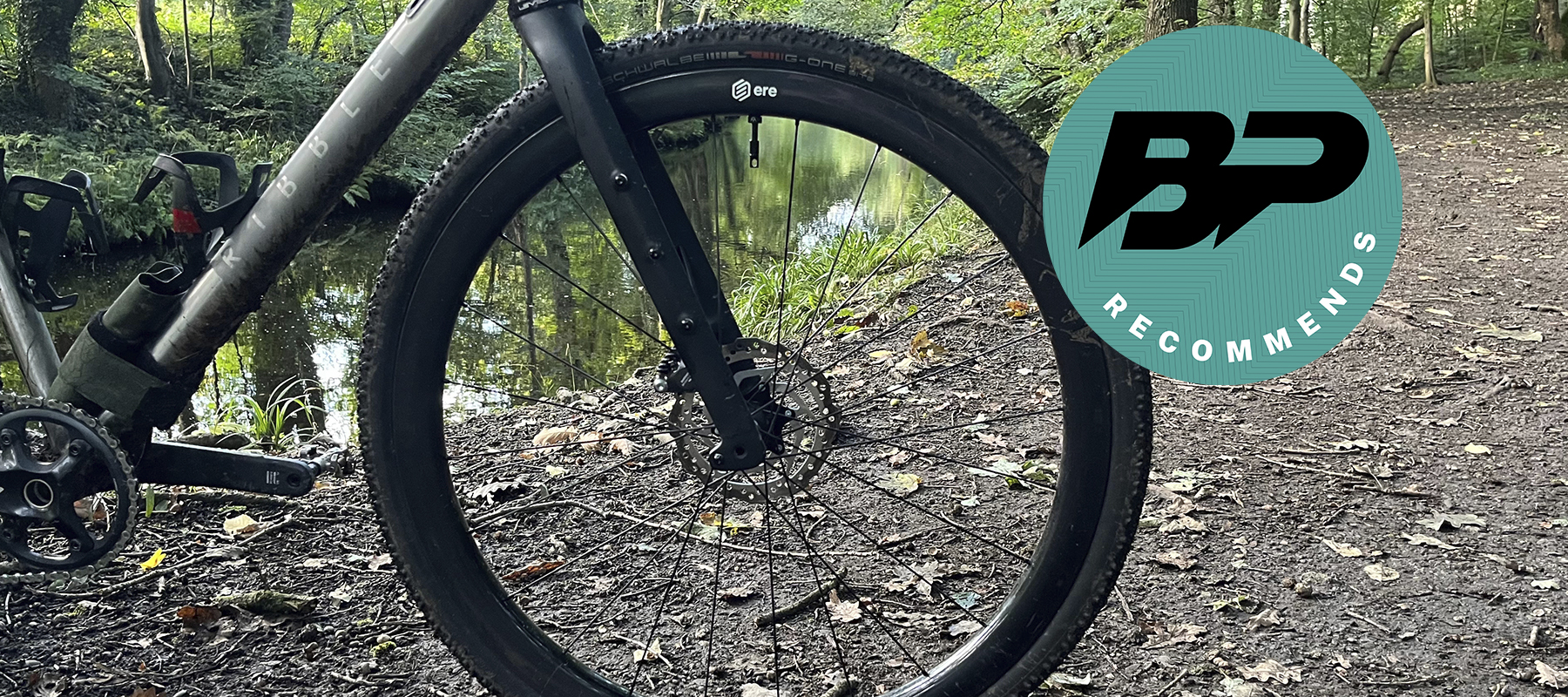Bike Perfect Verdict
A fantastic wheelset packed with useful and well-thought-out tech that gives an addictive mix of smooth and fast ride at a very competitive price in a crowded market.
Pros
- +
Box section design is very forgiving despite the depth
- +
Aero claims noticeable in real world
- +
Solid hub engagement with ratchet reliability
- +
Ships with double wheel bag
- +
Lifetime warranty
Cons
- -
Hookless rim may not suit all tire combinations
- -
Not the quickest hub engagement
Why trust BikePerfect
Ere Research is a relative newcomer, having launched its first products in 2018, but the Swiss-based brand's founder Piet Van Der Valde had a long history of developing well-known products for big-name brands before he set up his own venture. The company makes tires, saddles, bar tape, and wheels for gravel and road, and takes a performance approach to all its products.
The Tenaci GA40 we have on test is the brand's take on a top-end race gravel wheelset, where it tries to balance comfort, stiffness, and weight whilst being as aero as possible. Competition is fierce with expensive carbon wheels, with Zipp, Reserve, and DT Swiss already offering some of the best gravel wheels, so I was keen to see how these compared.
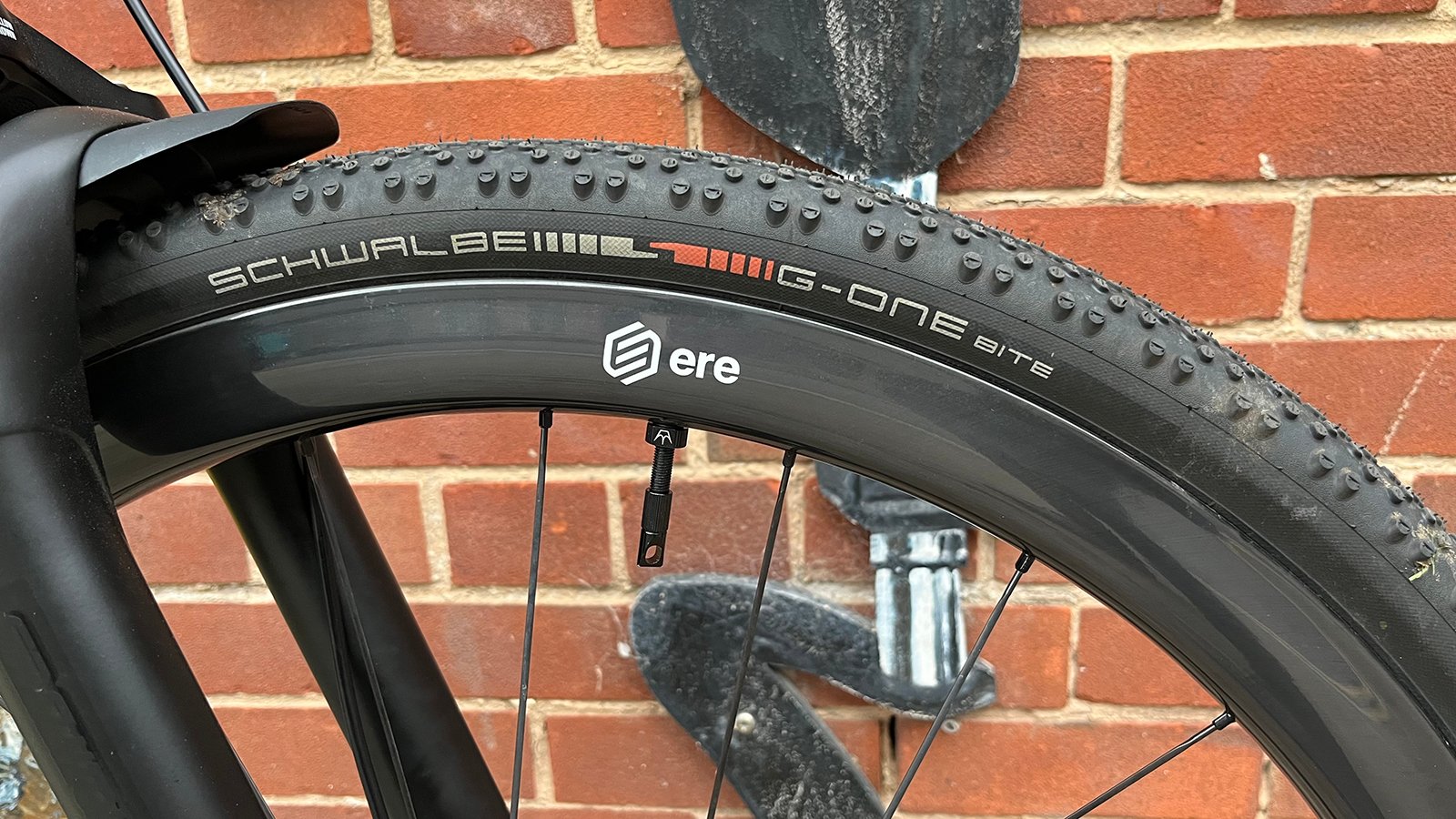
Design and specifications
The first thing you notice when unpacking the wheels is the imposing carbon rim with its deep gloss finish. It is 40mm deep, with a wide 33mm external and 26mm internal width designed for tires that measure from 34mm to 58mm. I say measured as the width printed on the side of a tire can vary wildly depending on the rim width and brand of rubber. For example, the 40mm Schwalbes fitted here measure just under 43mm wide. Despite the subtle graphics, they really are an impressive wheel to look at, and the relatively large size isn't just for looks. It has two key benefits for ride quality and aerodynamics.
The rim has a large box section. Imagine a classic tubular road rim from the 80s but on steroids. This shape creates a wheel stiff enough laterally but crucially has a degree of impact absorption. It makes them a very comfortable wheel compared to other aero-style deep-section wheels that use a classic V or toroidal shape. Now a box section rim may be comfy, but they perform terribly aerodynamically, which is why you rarely see them on road bikes anymore. Being aero might not be in the original spirit of gravel, but with the boom in racing and events, it can make a huge difference to your speed, whatever the terrain. The 40mm deep rim has been designed in conjunction with Paul Lew, who has been a leading name in the field of aerodynamics for a long time.
Ere published the wind tunnel data for the GA40, and Lew claims the wheel will actually create lift (drive) at yaw angles between 5-17 degrees. For most of us, that doesn't mean much, but when the wind hits the wheel between those angles, the wheel is propelled instead of slowed down by the aerodynamic drag. The rim shape is also designed to be very stable, so there is no fear of your front wheel catching the wind whenever you pass a gap in a hedge.
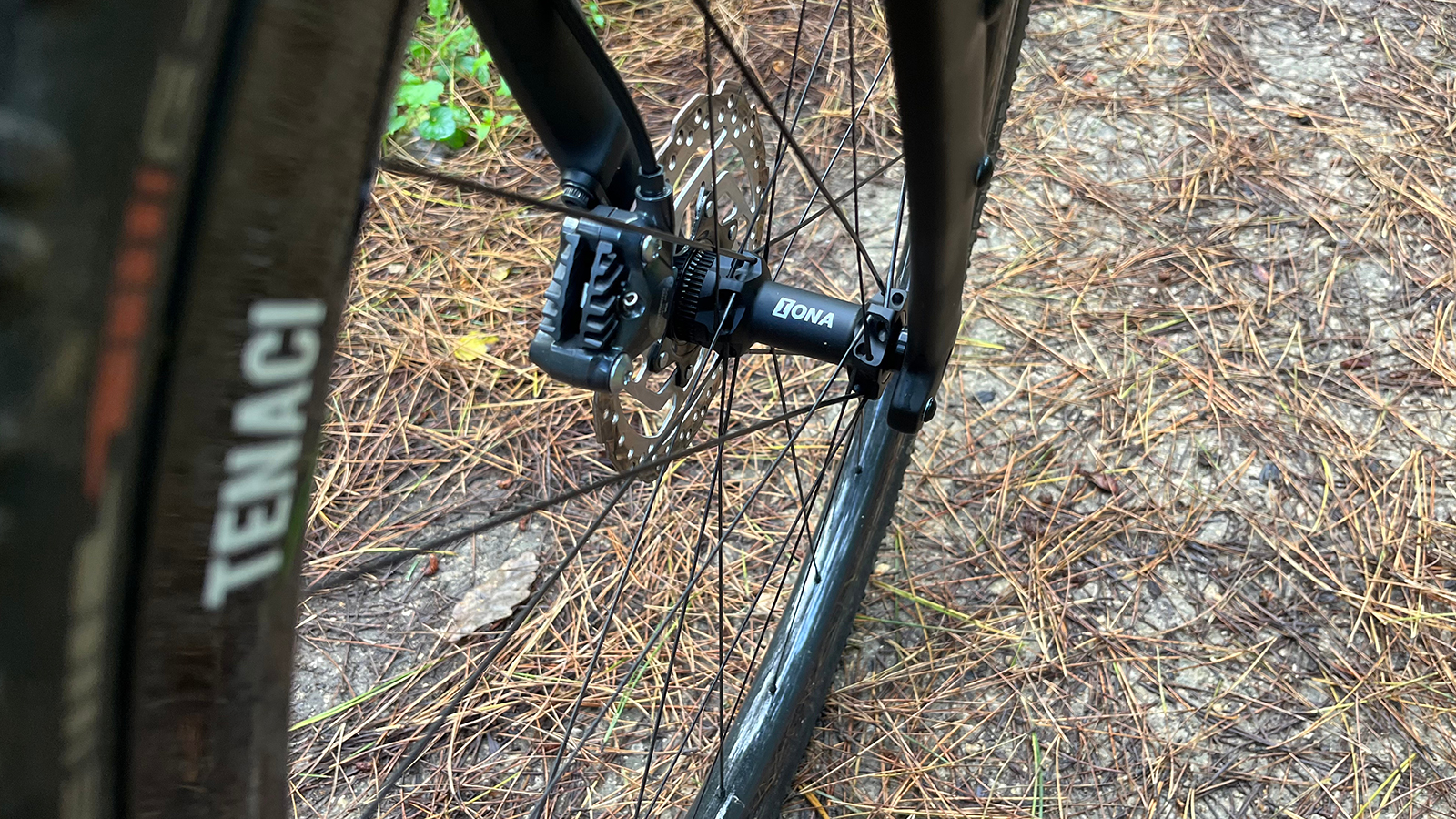
The hubs are Ere’s own Iona-SL; using a straight pull spoke design with 24 spokes, they have a directional torque design, where the hub flanges are designed in such a way to resist the twisting motion that heavy braking and accelerations have on the wheel whilst still being as light as possible. High-quality Sapim aero CX Delta spokes are used, and six are supplied with the wheels as spares should you have any issues on the trail. The freewheel is a 36-tooth ratchet design that gives a 10-degree engagement; not the fastest out there but perfectly reasonable. Freehubs are available in standard Shimano as tested, SRAM XDR, and Campagnolo’s N3W fittings, and as it is a tool-free hub design, they are easily swapped out.
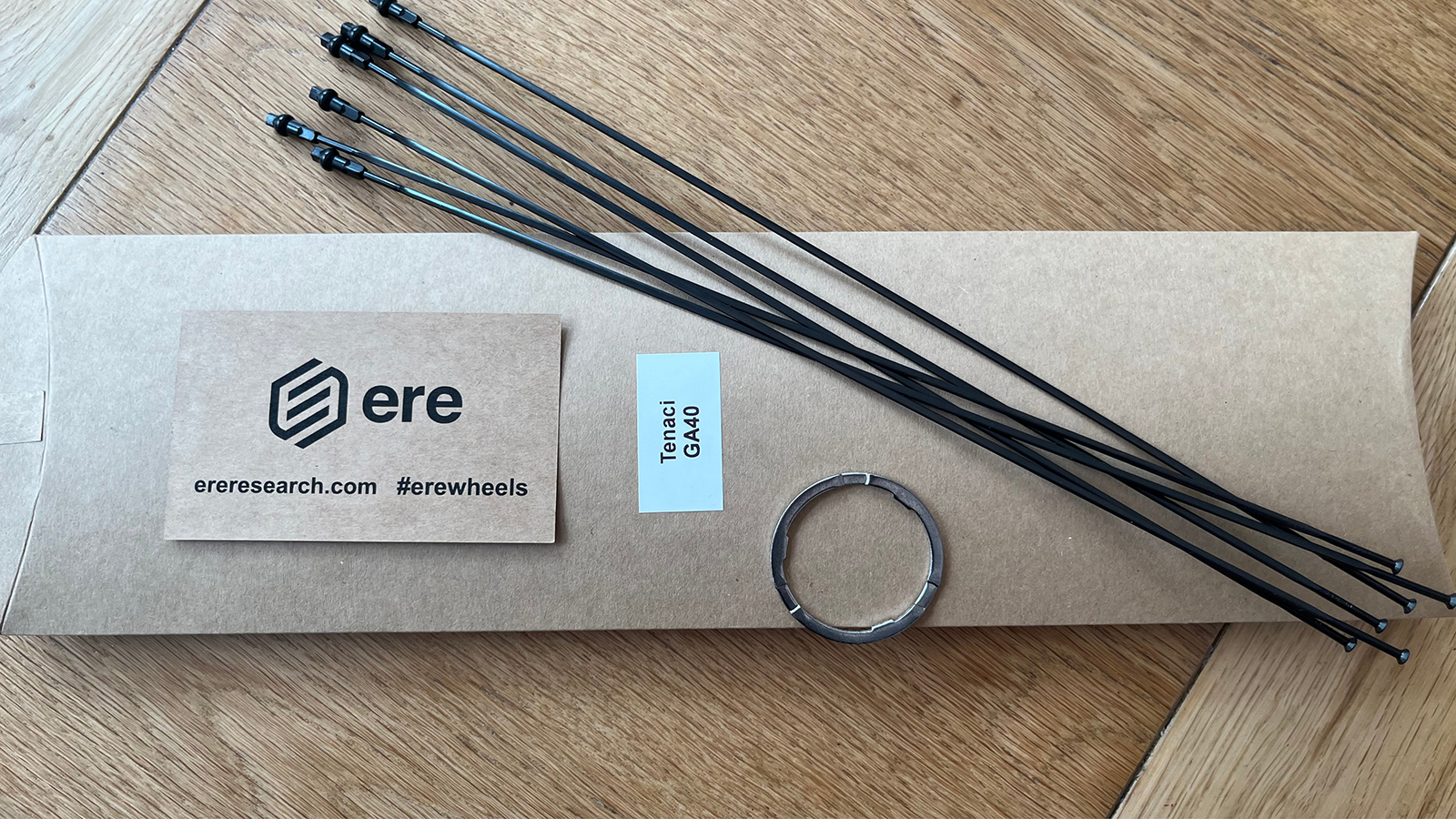
Rather unusually but very welcome is the inclusion of a double wheel bag. This is really handy for those transporting their bike in a car with the wheels out or if you use your gravel bike as a road bike and keep multiple wheelsets which can save the wheels from damage in storage. Ere offers a lifetime warranty on manufacturing defects as long as the wheels are registered on its site and a crash replacement policy of a 50 percent discount on a replacement wheel should the unfortunate happen.
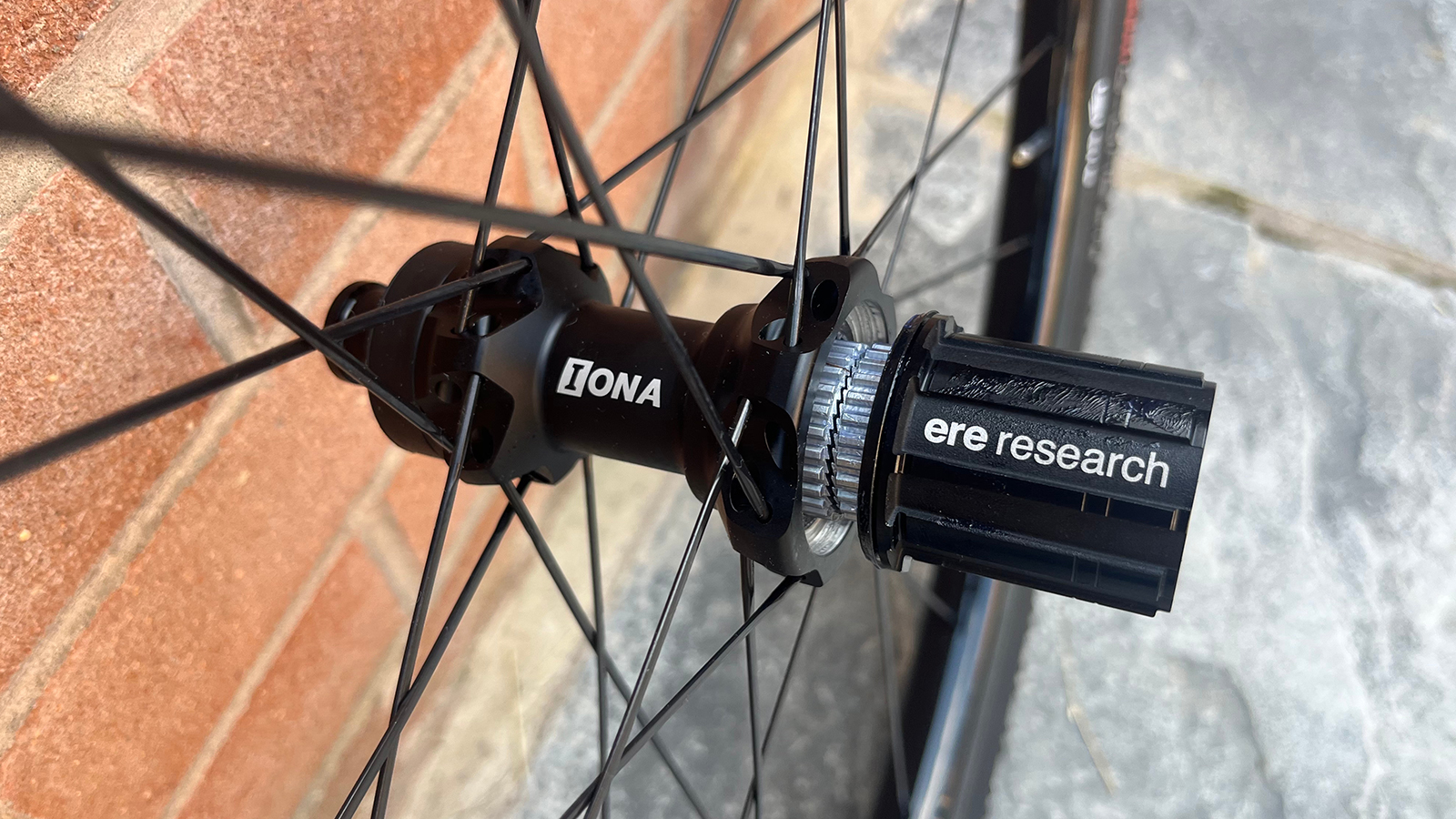
Performance
The wheels came in at 744g for the front and 860g for the rear on my scales with tape and valves fitted, which is close to the advertised weight of 1,555g (without valves) for the pair. The wheels normally ship with Ere’s own ProClose valves, but unfortunately, they were out of stock at the time of shipping. The rims were already taped and had a very neat hole cut for the valve – a minor point but one that can make a big difference when setting up tubeless. I used a set of Schwalbe G-One Bites TLE for the test in a 40mm width, which worked perfectly. The front took a couple of attempts to seat, but once set, it worked perfectly throughout the testing period.
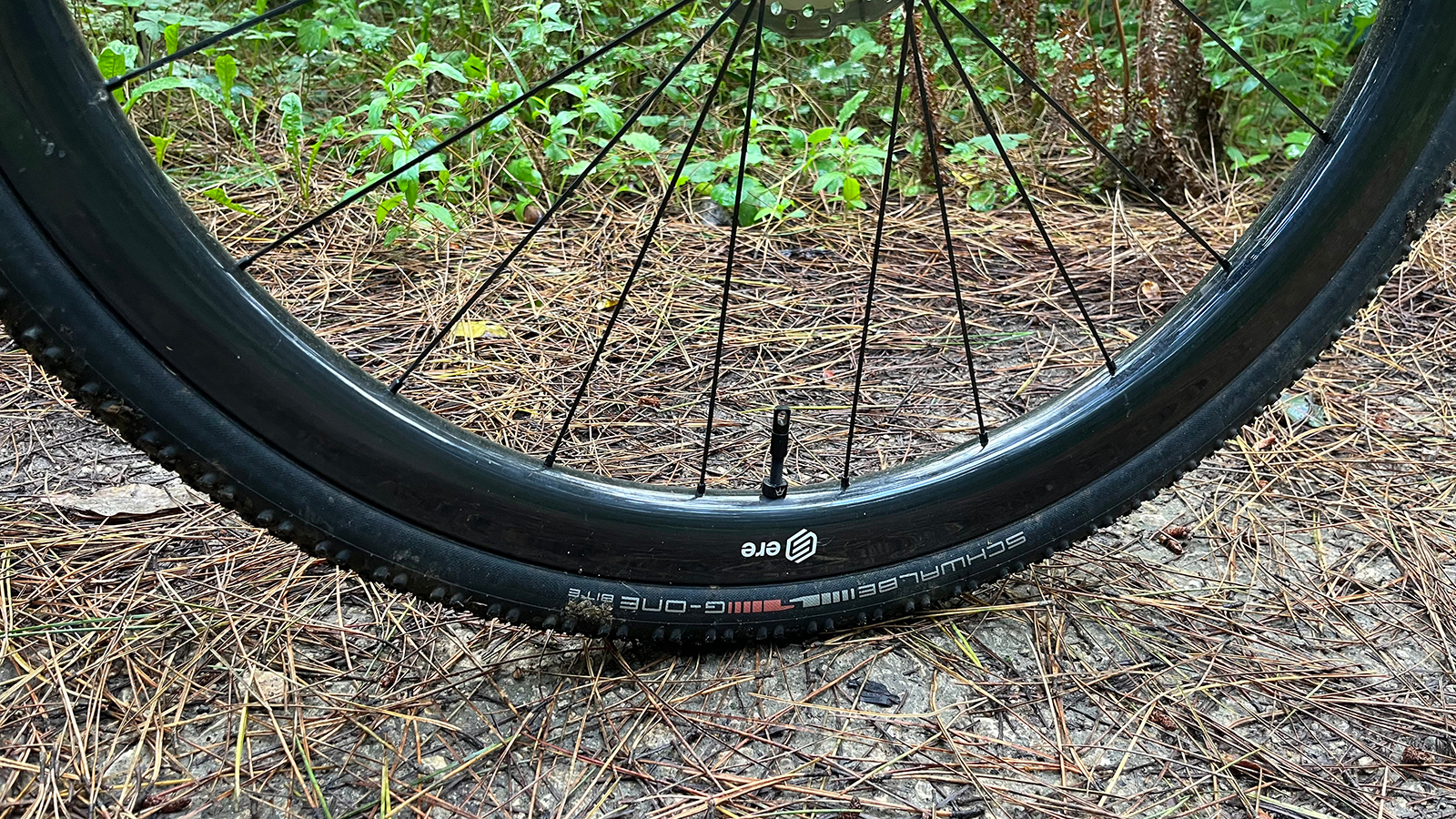
Aero claims are always hard to validate, but these felt fast and held their speed very well. I've no way to test the lift claims at certain yaw angles. Still, in a non-scientific freewheel contest between riding buddies, these held speed considerably better than others. They have a feeling of speed, especially on smooth surfaces or finer gravel conditions. Aero gains can easily be dismissed as only being useful to the fastest riders, but the free speed and ability to go faster or further for the same effort will benefit all riders, not just racing snakes.
The comfort claims are easily validated, though; despite its stout appearance, the large box section rim did a fantastic job of muting trail buzz compared to the Mavic carbon wheels they replaced. They still feel plenty stiff – these aren't a soft-feeling wheelset by any stretch but do have an almost eerily smooth feel over small to medium-sized gravel. The spoke tension feels high and has remained that way throughout testing. Normally a wheel with high tension can feel harsh, but not so here, which I can only put down to the rim's ability to absorb shock.
The hubs were faultless, the 36 tooth ratchet gives a 10-degree engagement, which isn't the quickest engaging hub, but to be honest, it never felt like a problem on the trails though faster would be better. The freehub gives a dull mechanical clack, which is great for those who value a quiet ride. No angry bee chorus here.
I've used the wheels on a wide variety of rides, from chunky Peak District rocky trails to smoother mixed surface rides, and they've worked great across all and really improved the ride quality of both the Titanium Ribble and Cube carbon Nuroad I used them on. It would be easy to pigeonhole a semi-deep section carbon wheel solely for race use, but the level of comfort these offer makes them suitable for a broad range of gravel and bikepacking adventures.

Verdict
Overall, these have been a fantastic set of wheels, adding a noticeable difference to speed and comfort. The deep, polished, burly-looking rim looked great and stood out amongst the sea of matte-finished rims, adding a classy look to the bikes I fitted them to. £1,399 isn't cheap, but they are competitive compared to rivals. They feature a lifetime warranty which always helps keep buyer remorse at bay, and they offer a different take on wheel design that translates directly to a better ride on smooth to medium gravel terrain.
For more information, check out Ereresearch.com.
Tech specs: Ere Research Tenaci GA40
- Price: From $na / £1,399 / €1,399
- Size: 700c
- Finish options: Gloss and matt black
- Front hub: Available in standard 12mm axle
- Rear hub: Available in 142mm wide 12mm axle
- Internal width: 33mm
- External width: 26mm
- Cassette: Shimano HG, SRAM XDR, Campagnolo N3W
- Spokes: Sapim CX delta aero
- Freehub engagement: 10 degrees
- Weight: 1,604g with valves and tape fitted

Neal has been riding bikes of all persuasions for over 20 years and has had a go at racing most of them to a pretty average level across the board. From town center criteriums to the Megavalanche and pretty much everything in between. Neal has worked in the bicycle industry his entire working life, from starting out as a Saturday lad at the local bike shop to working for global brands in a variety of roles; he has built an in-depth knowledge and love of all things tech. Based in Sheffield, UK, he can be found riding the incredible local trails on a wide variety of bikes whenever he can
